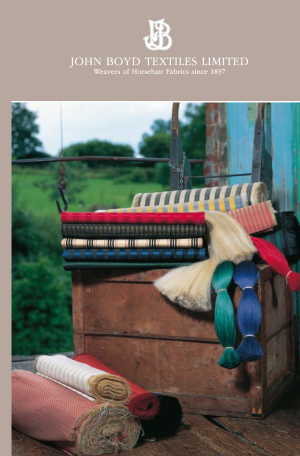26 October 2018
Bournemouth

South West Branch AGM – a CPD day of:
- morning presentations relating to 20th century architecture
- IHBC SW AGM
- cultural Tour of Art Deco buildings of Bournemouth
DOWNLOAD the flyer for programme and booking info.
26 October 2018
Bournemouth

South West Branch AGM – a CPD day of:
DOWNLOAD the flyer for programme and booking info.
5 October 2018
North Devon
Draft Programme below (the running order may change as the day is finalised).
10:30 Meet for tea/coffee and biscuits
– Lime Introduction, Specification & Case Studies (covering dampness issues, renovation and cob walls): Mark Rees, Mike Wye & Associates
– Practical Demonstrations: Lime render/ plaster build ups, lath and plaster, cob walls
– Traditional and Ornamental Plaster Work: Sean Wheatley Plastering
– Tour of Mike Wye & Associates
13:00 Lunch
– GEOCELL Foam Glass and Limecrete Floors: Carl Sanger, GEOCELL UK Sales Executive
– Pavatex Wood Fibre Retrofit Insulation: Andy Mitchell, Natural Building Technologies
– Q&A
16:30 – Finish
Further details to be circulated, but register your interest with
Kate Baxter-Hunter at KBaxter-Hunter@eastdevon.gov.uk
25 September
Wythenshawe Hall
A tour of the restoration work at Wythenshawe Hall, led by the contractor, Conlon Construction.
Further details to be circulated, but register your interest with Kate Kendall at katekendallconservation@yahoo.co.uk
24 April & 18 May 2018
Venue: Charlestown Workshops, Fife
Another new course for our lovely building contractors… Have you been asked to make and use hot mixed lime mortars for conservation projects? Not yet? Well, you soon will be… there has been a growing interest in the truly traditional way of producing mortars – by mixing quicklime and sand together in one operation (and possibly with other materials and additions) and critically when it is appropriate to use them post production. Come and brush up your knowledge and skills and able to sell more services in the building conservation industry.
Calce Viva (Italian for ‘alive lime’ aka quicklime).
This one day workshop aims to provide an introductory guide to the preparation and use of’ hot mixed’ lime mortars, that is, mortars prepared by slaking quicklime, sand and natural hydraulic lime binders (and possibly other additives like tallow or pozzolans) to more closely mimic the appearance and technical performance of conservation mortars and in some cases offer advantages in use and technical performance over more conventional ‘cold mortars’. More and more clients and specifiers are asking building contractors to make and use ‘hot mixed’ mortars on their repair jobs, so get ahead of the game and brush up your knowledge and skills with us.
‘Hot mixed’ mortars have a long history of use in the UK, with evidence visible throughout the nation on traditional buildings and structures. Since the lime revival of the mid 1990s however, the preparation and use of conservation mortars has been largely dominated by lime putty bound mortars or ‘cold’ mortars based on natural hydraulic limes (NHLs). Whilst all these mortar types have their place, a renewed interest in the production of what are perceived to be more authentic mortar preparations using quicklime and sand has been growing and this workshop aims to take the building contractor through the process of making and using ‘hot mixed’ mortars safely, constituents to be used, preparation of mortars, correct mixing equipment and critically at which point these mortars should be used for particular applications.
By the end of the course, attendees will be able to recognise traditionally made ‘hot mixed’ mortars in historic structures and buildings and be able to develop the skills to produce and successfully cure ‘hot mixed’ mortars in relation to authenticity, performance, exposure, season, substrate and nature of the masonry repairs required.
Course suitability
This course is aimed at building contractors (including stonemasons, bricklayers, lime workers and labourers) involved in historic building repair, reconstruction and the consolidation of historic structures and give you the confidence to make and use ‘hot mixed’ mortars successfully.
Learning outcomes:
Course programme through a blend of theory and practical sessions
To book a place on any of this course, please click here, emailadmin@scotlime.org or call us on 01383 872722.
Castle Cary
1 Feb 2018

The South West Branch has organised a visit to John Boyd Textiles Ltd, Castle Cary, Somerset.
The building is in a group of grade II* and buildings: the list description is here https://historicengland.org.uk/listing/the-list/list-entry/1056226 The site sits in its own conservation area.
The factory makes fabric using horse hair on the original power looms. This is a commercial business using 19th century looms in a 19th century building. There is a film at the bottom of http://www.johnboydtextiles.co.uk/
10 places are available on a first come first served basis at £6 per person payable on the day. please email: Gregg Venn at Greg.Venn@
NB: Please only ask for a place if you are certain you will be attending as places are very limited.
See the South West Branch page for more details….